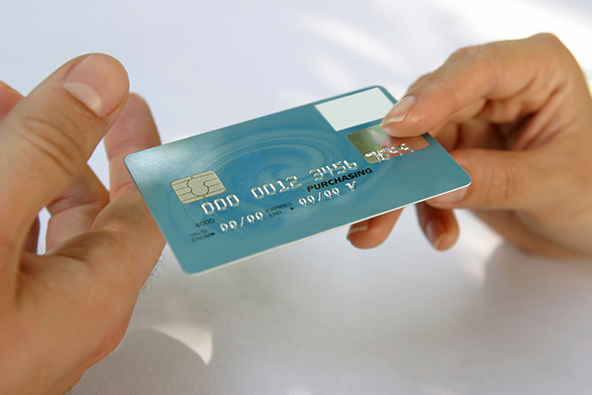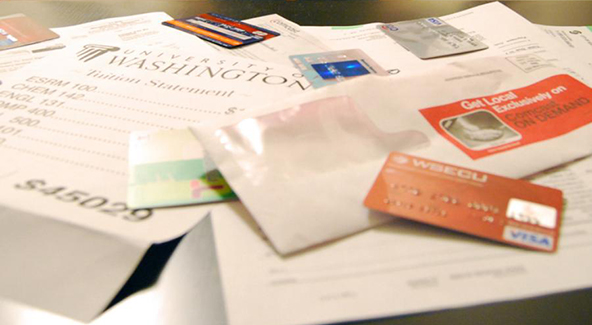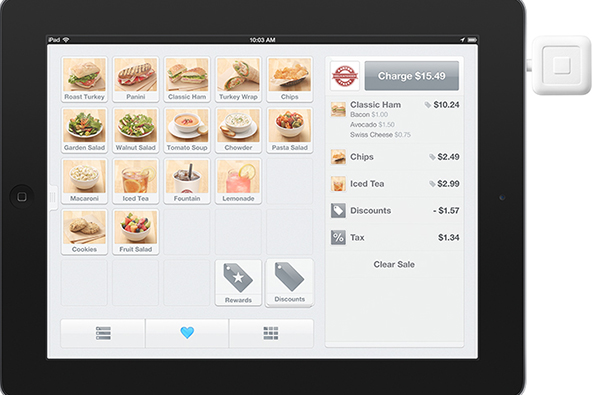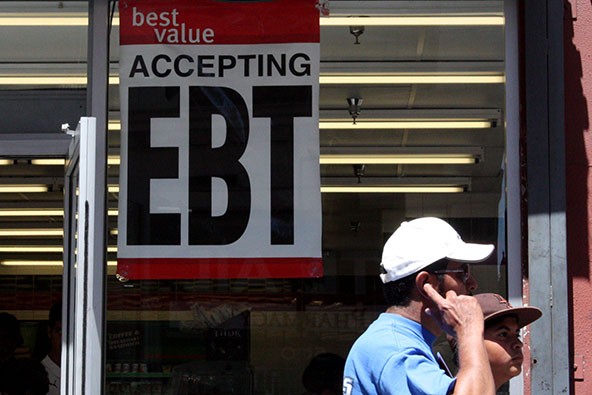When Should Merchants Deposit Credit Card Payments?

When you fill out your merchant account application, one of the questions you have to answer is when your credit card sales will be deposited. Typically you are asked to select one of three choices: “At date of order,” “At date of delivery” and “Other.” Our records show that almost invariably applicants select the first option, regardless of the type of business and the transaction environment (card-present or card-not-present). However, this is not always the right answer and this article will explain why.
In most cases, in a card-present type of sales transaction, when a merchant makes a sale, the customer immediately receives the product or service that he or she paid for. The merchant then deposits the payment with its processor and the sales cycle is complete. The process is different in an e-commerce or a MO / TO transaction where the purchased item, unless it is downloadable software, does not get delivered immediately. The merchandise has to be shipped to the customer who will receive it on a future date. In this case the merchant needs to follow different payment processing rules and handle the depositing of the money differently than a face-to-face type of merchant.
According to Visa and MasterCard rules, payments should not be deposited any earlier than on the transaction date. In a card-present setting, the transaction date is easy to identify. In a card-not-present sale, however, the transaction date is the date on which the item is shipped, not the date on which the order was placed.
You should, however, go a step beyond simply complying with this requirement. Often, shipments can take longer than a week to be delivered, which leaves plenty of time for customers to start worrying about their order. The most important thing that you should do is to clearly communicate to your customer the terms and conditions of the sale and the delivery time frame. Have your customer agree to your terms and conditions by clicking on an “Agree” or “Accept” button, before being taken to the check out. Make the information available and easily accessible to everyone through a link within your website’s header or sidebar.
Additionally, you should email the sale’s terms and conditions to your customer, along with the order confirmation. In the confirmation email, you should clearly indicate that the credit card will be charged on the date of the shipment and provide an estimate of the delivery date. Keep in mind that today credit card transaction activity is updated in almost real time and cardholders can and do check it online. If they see the charge but the item has not arrived, they might try to contact you. Make your customer service phone number available both on your website and in the order confirmation email. You may include other contact information, such as email and live chat, but it is essential that you are accessible by phone and that someone will actually pick it up. A simple answer to your customer’s concern will avoid a potential dispute or a chargeback.
If a delivery is running late, inform your customer and provide an estimate of the new delivery date. Keep these emails short and to the point. At this time, you should already have communicated all information that is relevant to the sale and repeating it may just annoy your customer.
It is understandable that you may want to deposit a sale just as soon as an order is placed. You should, however, resist the temptation and follow the rules explained in the above paragraphs. It will benefit you in the long run by minimizing disputes and keeping chargeback levels low and your customers happy.
Image credit: Smarttech.com.hk.


